At XPLANE, we use a tried-and-true, five-step process with our clients for our standard deliverables. By standard deliverables, I mean our famous XPLANATiONS (generally an 11” x 17” or A3 print map), presentation decks (usually in PowerPoint or Keynote), or transitional “Did-You-Know”-style animations. For larger, bespoke projects (e.g. board games, learning modules, large format programs with multiple deliverables, etc.) we’ll follow a similar process though it is customized based on the unique needs and requisite deliverables of the client.
The beauty of this process, and what really makes it so great for our clients, is that when they begin a project with us, we can set very clear expectations for them. They know at the beginning exactly what they are getting, what the approach will be, and what will be presented to them and expected from them at each stage of the journey. This ensures there will be no surprises and generally no change orders will be required unless, of course, the client chooses to change or add something to the original scope along the way. How great is that?
Here’s how it goes:
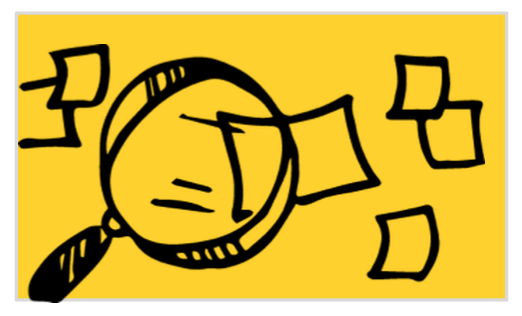
Step 1: Discovery
In this first step, a creative team (consultant and visual design lead) from XPLANE will work together with the client team to develop a shared understanding of the goals, audience, and the story being told. This generally happens in the form of an all-day, in-person session or workshop at the client’s offices. There are no long presentations or technology distractions, just a unique agenda, tailored specifically to the client, utilizing a variety of visual design exercises that encourage team interaction and a whole lot of drawing!
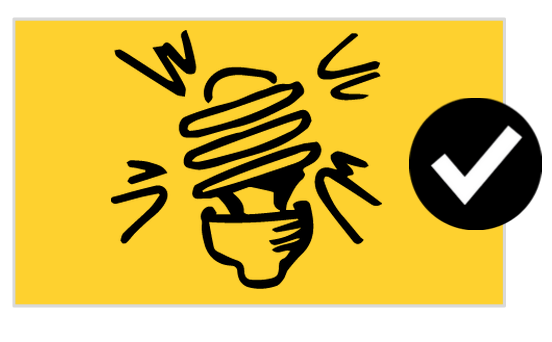
Step 2: Concept
In this phase, the consultant and design lead work together to sketch out a few potential frameworks that tell the client story in varying ways. These are generally simple enough that they could have been sketched on the back of a napkin but detailed enough to convey the main elements and topics of the client story. The client might choose one particular framework, or they might combine elements from two or three frameworks that they’d like to see progressed.
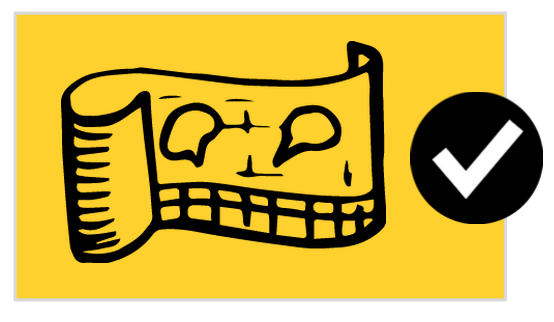
Step 3: Design
This is where the necessary details and elements get locked down, the major headlines or call outs are decided upon, and the copy is drafted. At XPLANE, we call this phase the blueprint phase because, like a blueprint for a building or house, this phase dictates how the final product will be laid out and ultimately “built.”
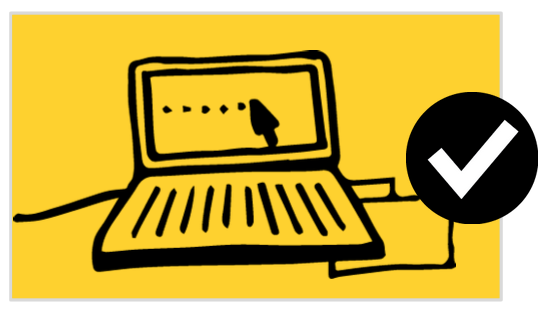
Step 4: Production
At this stage, the blueprint has been approved and the final rendering (or “build”) takes place. For a print piece, the rendering will be in the form of digital illustration in the style selected by the client during the blueprint phase. For an animation, the digital illustration and animation will be created and the music and voiceover applied.
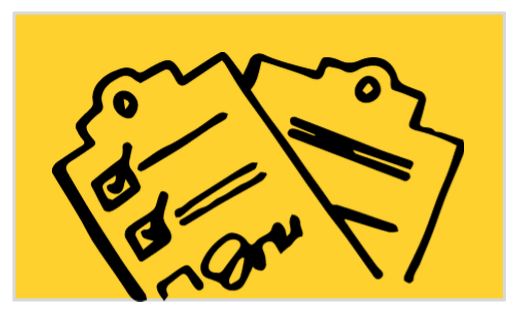
Step 5: Sign Off
Finally, this is where the client gives their stamp of approval, and XPLANE delivers the final piece, polished and ready to go.
